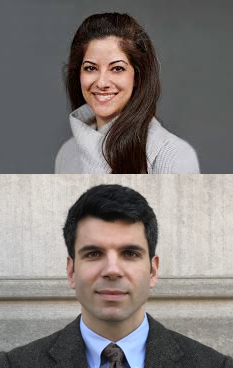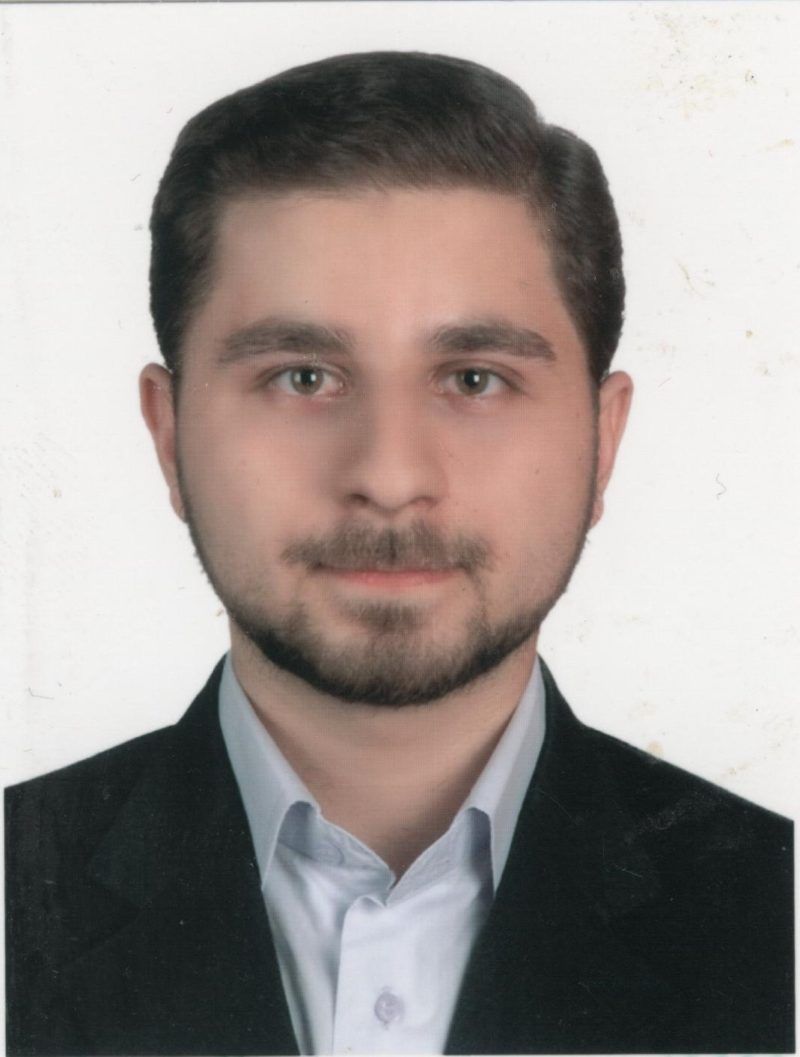CBORT 2021 Symposium
On May 7th, 2021, the Center for Biomedical OCT Research and Translation (CBORT) hosted a one day symposium on Machine Learning in OCT Imaging: Novel Applications & New Research Opportunities.
Machine Learning is a powerful tool and has shown great promise for enhanced visualization in numerous medical imaging modalities including Computed Tomography, Magnetic Resonance Imaging, and Ultrasound. Machine Learning in OCT Imaging aimed to highlight the increasing impact of advanced machine learning on biomedical optics and in particular Optical Coherence Tomography (OCT). In addition, the program served to connect the biomedical optics community and machine learning / computer vision experts.
Recordings of the symposium’s sessions with select contributions are available below.














